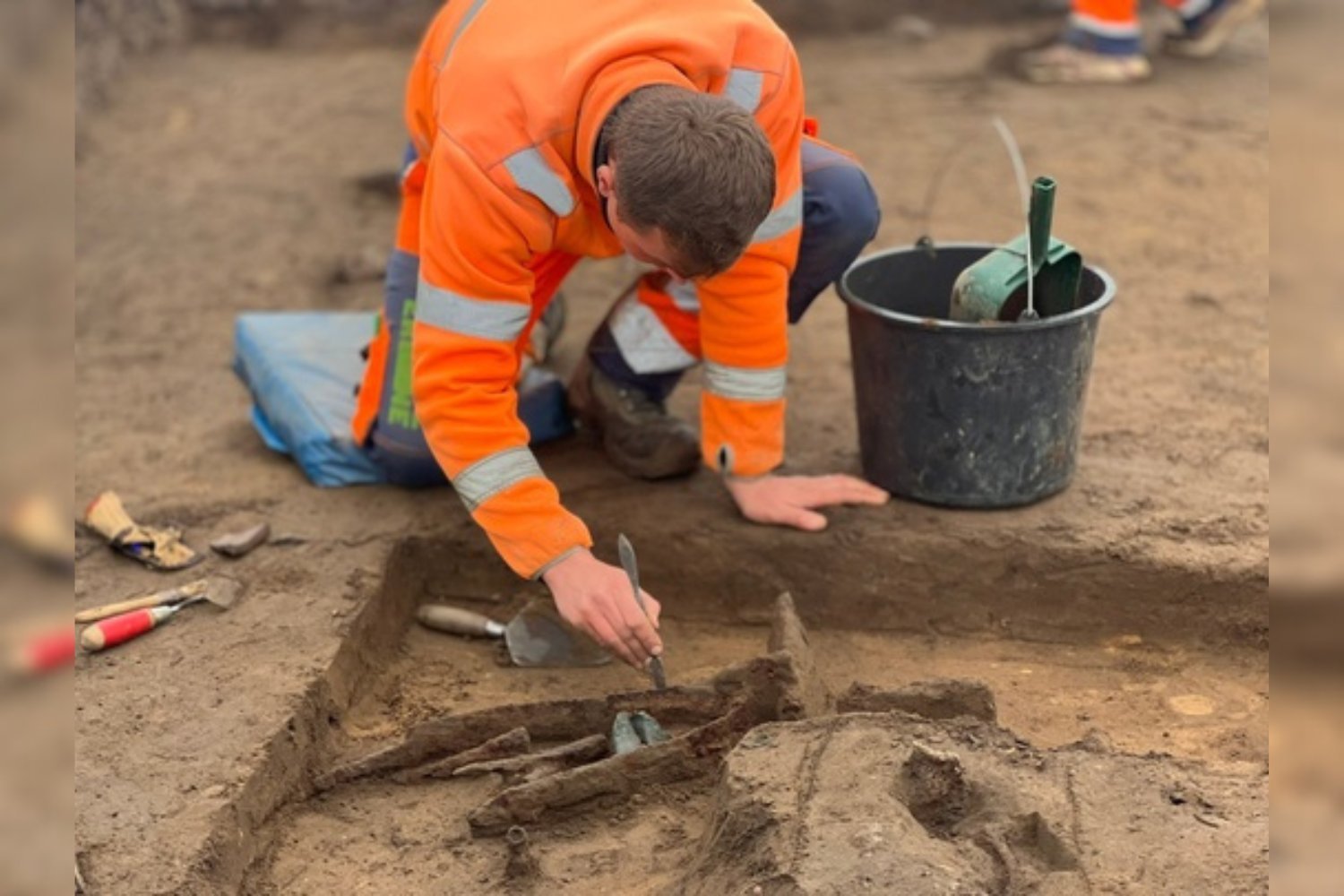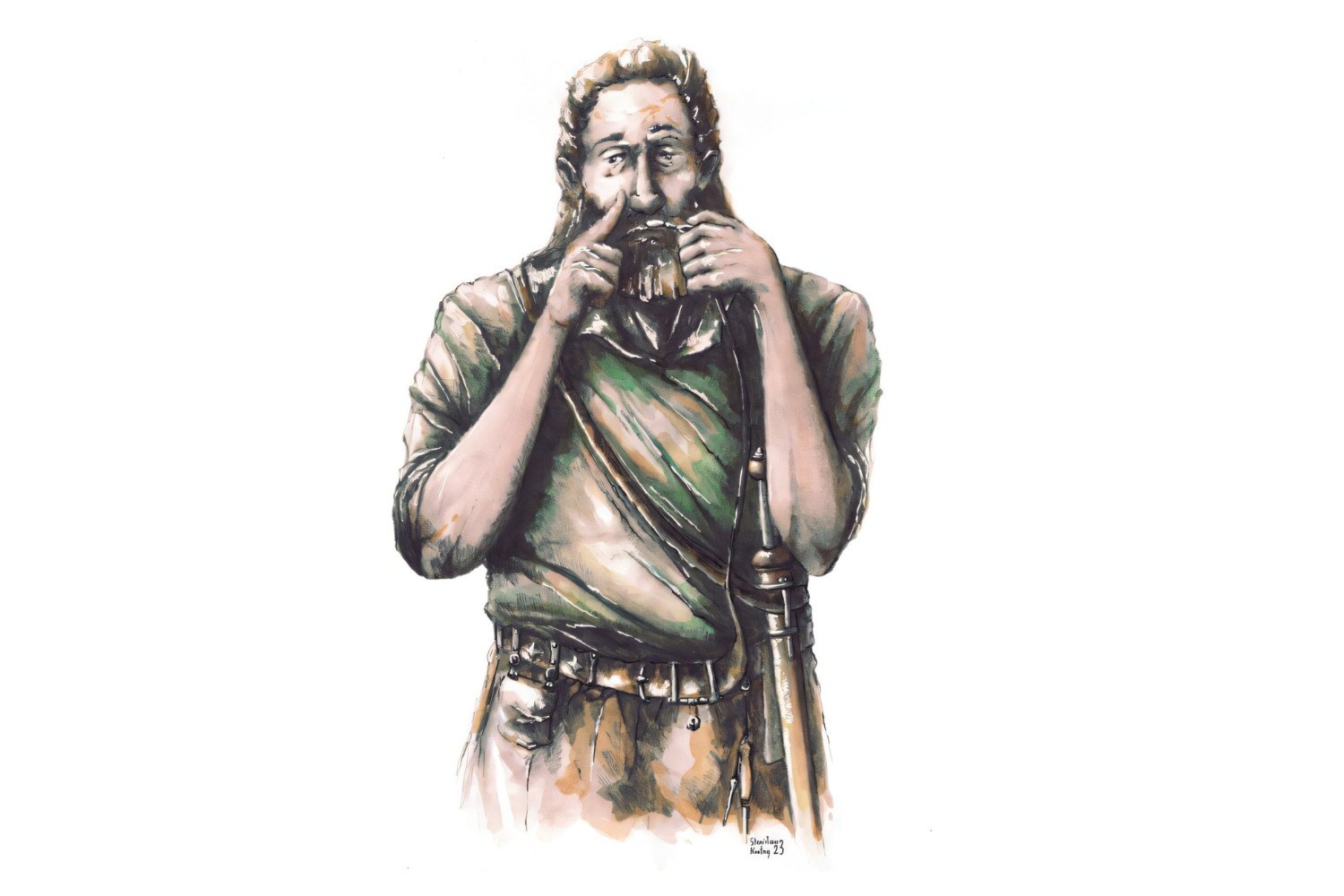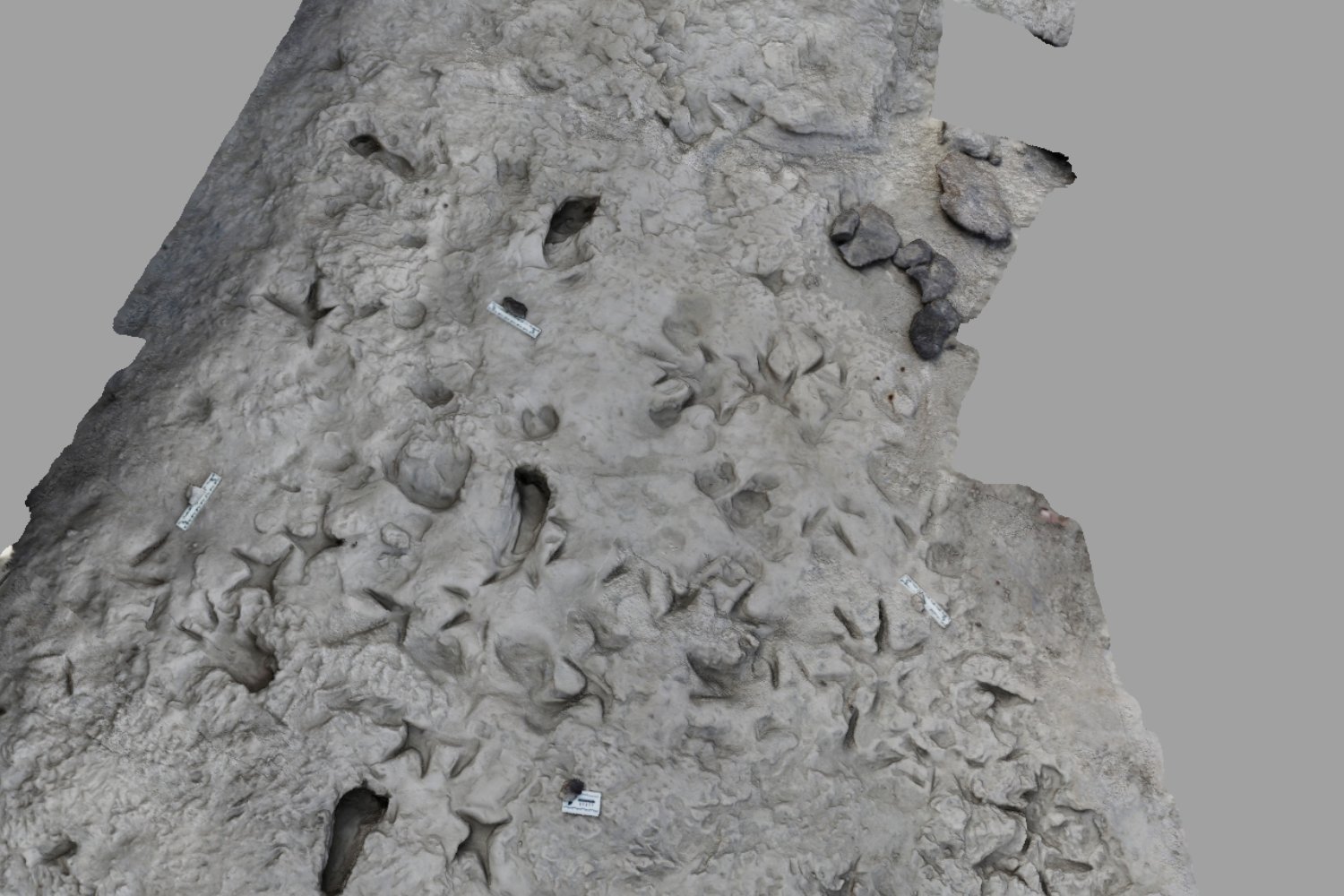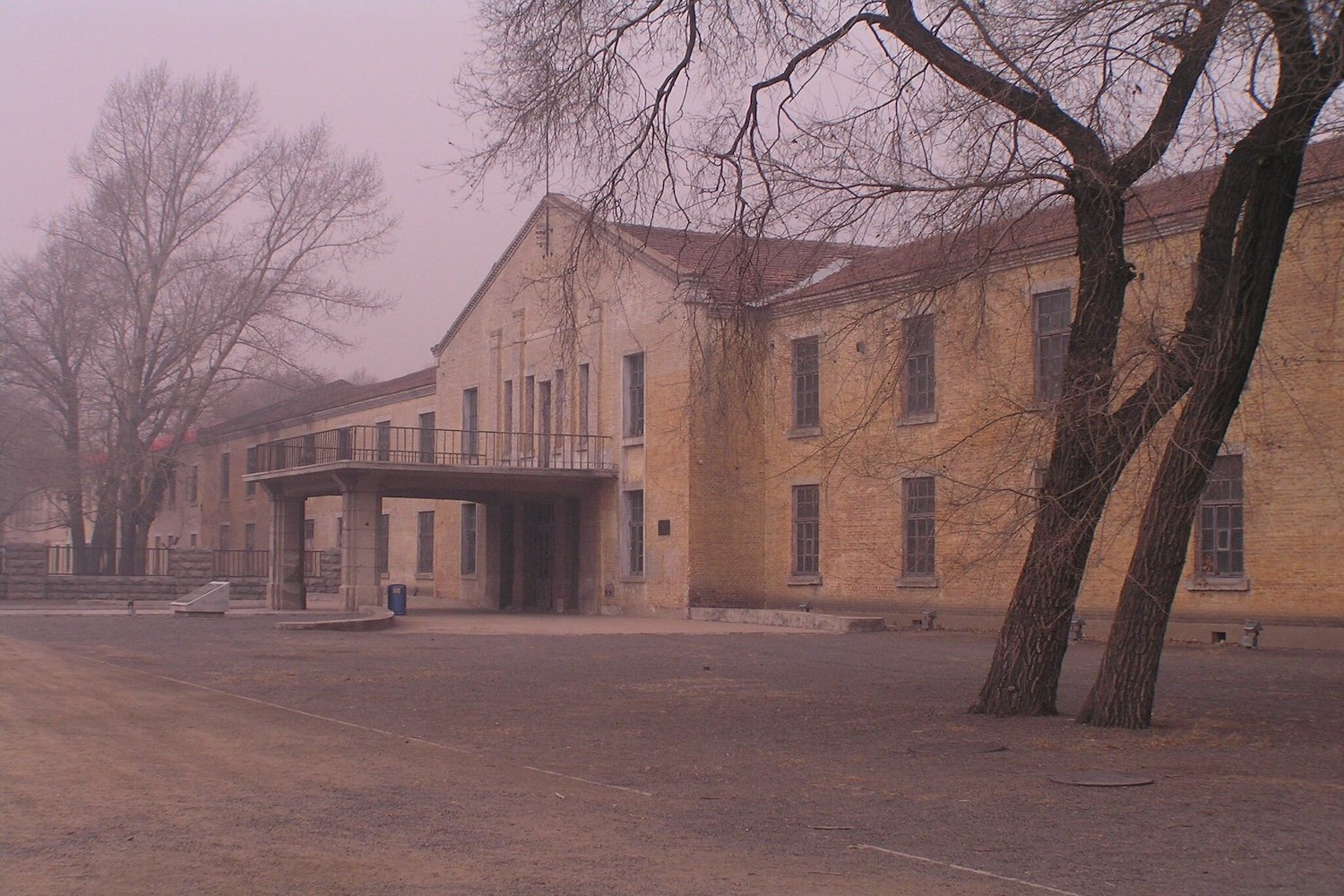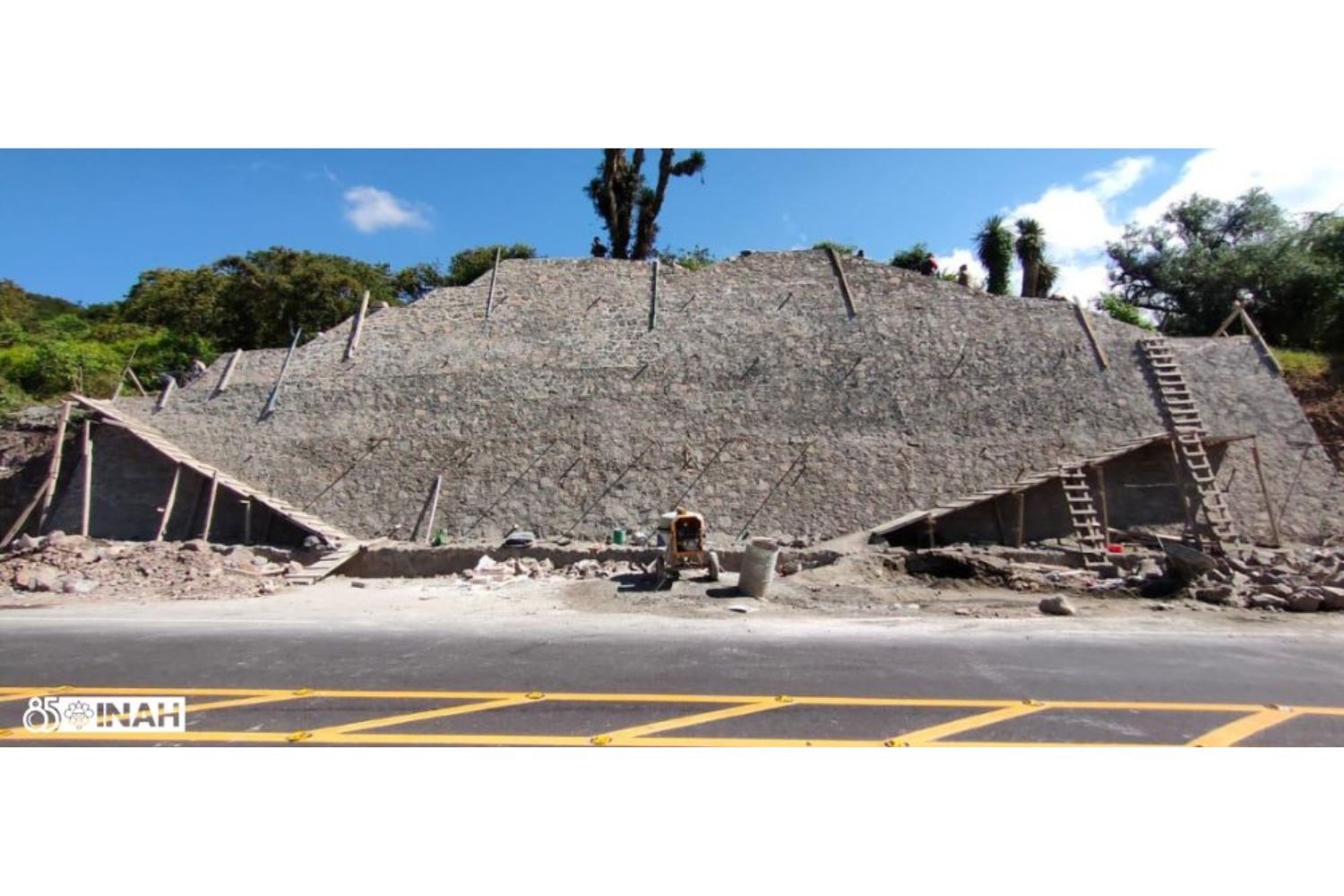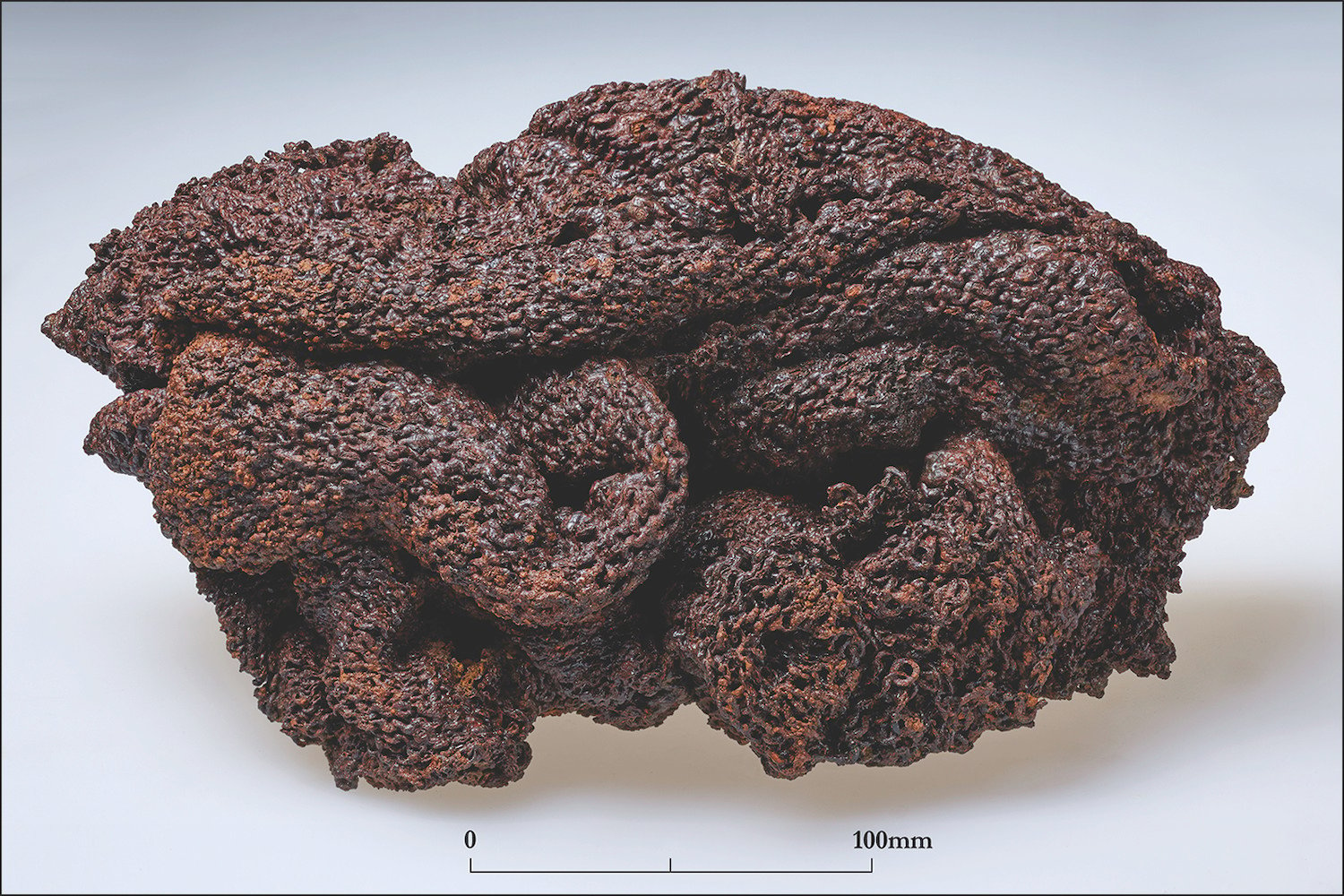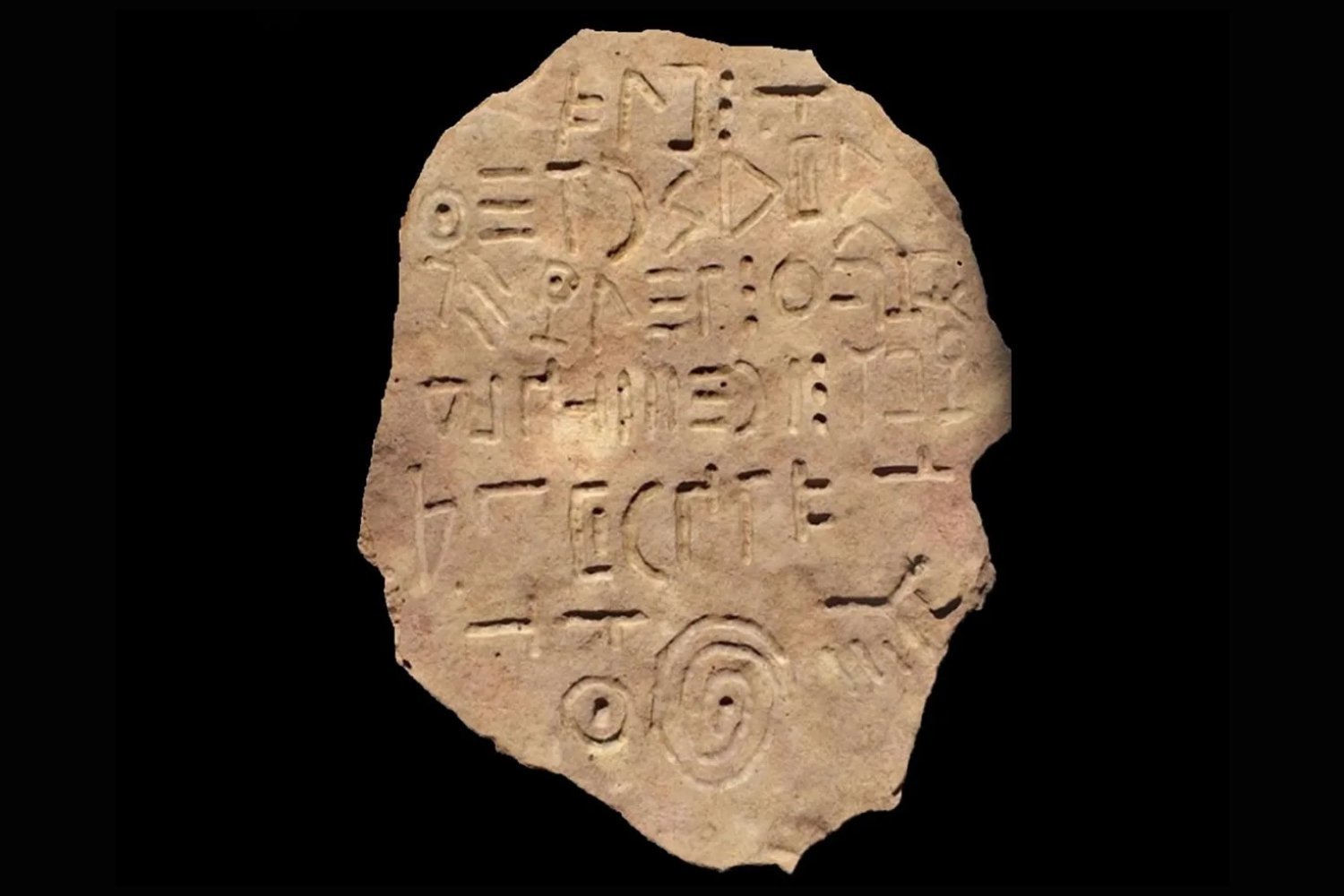A remarkable discovery of Iron Age weaponry has been unearthed in Denmark, preceding construction of a new motorway. The find, consisting of over 100 lances, spears, swords, and other artifacts, offers a fascinating glimpse into the social and military dynamics of the community that inhabited the region over 1,500 years ago.
The archaeological team, led by Elias Witte Thomasen of The Vejle Museums, unearthed the trove across two houses at the site. The sheer quantity and variety of weapons discovered is astonishing. The collection includes 119 lances and spears, eight swords, five knives, three arrowheads, an axe, chainmail armor, fragments of at least two oath rings, a bugle, a bridle, and several unidentified objects. The manner in which the items were deposited suggests the location was neither a weapons workshop nor a barracks, ruling out mundane explanations for the accumulation of weaponry. “From the very first surveys, we knew this was going to be extraordinary, but the excavation has exceeded all our expectations,” Thomasen stated in a museums release. “The sheer number of weapons is astonishing, but what fascinates me most is the glimpse they provide into the societal structure and daily life of the Iron Age. We suddenly feel very close to the people who lived here 1,500 years ago.”
The discovery of chainmail is particularly significant, marking the first instance of such armor being found within a settlement context in southern Scandinavia. Previously, chainmail had only been recovered from burials or other ritual deposits. The bracteates, bronze medallions typically worn around the neck, offer further insight into the group’s affiliations. These medallions often displayed designs signifying political or military allegiance, and the ones found at the site feature etchings reminiscent of the discovered chainmail.
The site’s occupation spans millennia, evidenced by the recovery of ceramics and flint objects. By the early 5th century, the settlement had attained considerable social and economic prominence in the area, enabling it to launch military expeditions into surrounding territories.
While the precise reason for the weapons’ deposition remains unclear, researchers are exploring two primary theories. The weapons may represent a ritual sacrifice, potentially offered to deities. Alternatively, they could represent war booty seized from a vanquished enemy. War booty was a prevalent practice in central Europe during the first few centuries CE, and numerous Danish bogs have yielded Iron Age weaponry bearing “traces of ritual destruction,” potentially indicative of similar offerings. In this case, the deliberate placement of weapons within a backfilled posthole in one of the houses suggests a purposeful act of concealment rather than practical storage.
Denmark continues to be a rich source of archaeological discoveries. Recent finds include paved floors in a Neolithic cellar dating back approximately 5,000 years and a collection of over 50 Viking graves, including a woman buried in a wagon.
Further analysis of the weaponry and ongoing excavation may shed light on the mystery surrounding this fascinating hoard. Scientific findings will be published on the Vejle Museums’ website, and some of the artifacts may be exhibited at the Vejle Cultural Museum as early as 2025.



